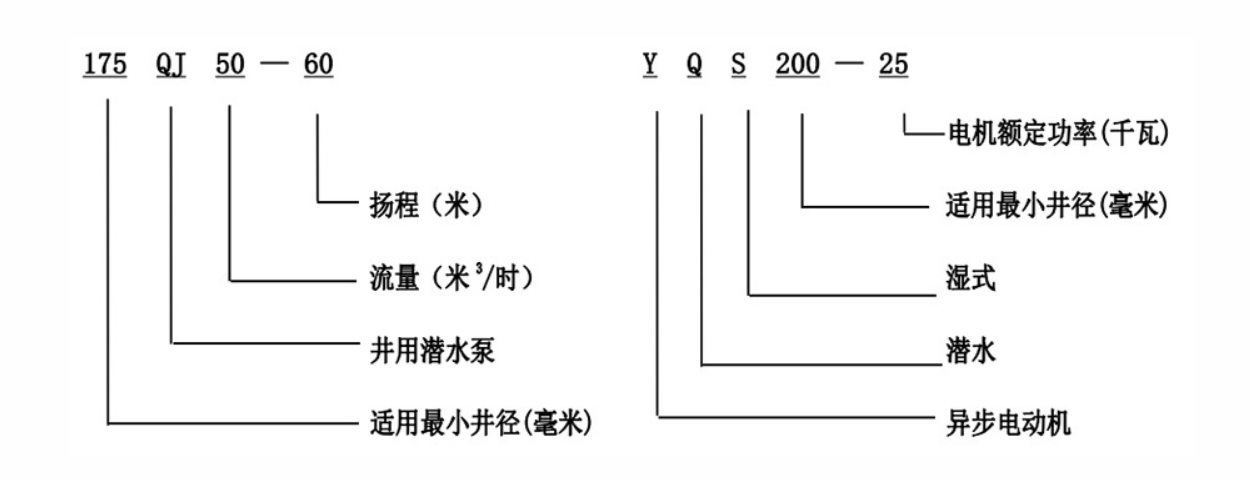Dec . 10, 2024 06:02 Back to list
installing submersible well pump
Installing a Submersible Well Pump A Comprehensive Guide
When it comes to accessing groundwater for domestic, agricultural, or industrial use, submersible well pumps are among the most efficient solutions. These pumps are designed to operate underwater, pushing water to the surface through a series of components that work in harmony. This article will guide you through the process of installing a submersible well pump, detailing the necessary steps and considerations to ensure a successful and safe installation.
Understanding Submersible Well Pumps
Before diving into the installation process, it’s crucial to understand the components and functioning of a submersible well pump. Typically, a submersible pump consists of a hermetically sealed motor which is coupled with a pump body. The pump operates by drawing water from below and pushing it to the surface via a discharge pipe, utilizing the specific gravity of water to maintain high efficiency.
Tools and Materials Needed
To install a submersible well pump, you will need the following tools and materials
- A submersible pump (sized appropriately for your specific well depth and water requirements) - Well casing or pipe - Electrical wiring and connection materials - A suitable power source - A flow meter or pressure gauge (optional) - Tools such as a wrench, pliers, and a wire stripper - Safety equipment, including gloves and goggles
Step-by-Step Installation Process
1. Preparation and Safety Measures Begin by assessing the location of your well. Ensure that you wear appropriate safety gear, including gloves and goggles, especially when handling electrical components. Familiarize yourself with the local water and electrical codes to ensure compliance.
2. Turn Off the Power Before working on the well, turn off the power supply to prevent any electrical hazards. This step cannot be overlooked, as water and electricity can create dangerous situations.
3. Remove the Existing Pump (if applicable) If you are replacing an old pump, detach it carefully from the power supply and discharge pipe. Make sure to observe how it was connected, as this will help in installing the new unit.
installing submersible well pump

4. Assemble the New Pump If your submersible well pump comes in multiple pieces, assemble it according to the manufacturer’s instructions. Make sure that all components are tightly fitted to prevent leaks.
5. Lowering the Pump Using a sturdy rope or chain, lower the submersible pump into the well casing. Make sure it is positioned at the desired depth; typically, the pump should be situated a few feet above the bottom of the well to avoid sediment interference.
6. Connect the Discharge Pipe Once the pump is positioned correctly, connect the discharge pipe. Ensure that all connections are secure and watertight to avoid leaks.
7. Electrical Connections Carefully connect the electrical wires from the pump to your power supply. Follow the manufacturer’s wiring diagram closely, and make sure that all connections are properly insulated to prevent short circuits.
8. Testing the System After all connections are made, turn on the power supply and test the system. Check for proper operation by observing the flow rate and pressure of the water. Ensure there are no leaks at any joints or connections.
9. Final Adjustments If everything is working correctly, secure any loose wiring and ensure that all components are safely installed. Consider installing a pressure switch or control system to regulate the pump’s operation based on demand.
Maintenance Tips
Once installed, it’s important to regularly check and maintain your submersible well pump to ensure longevity and optimal performance. Check for any signs of wear, unusual noises, or drops in water pressure. Regularly monitor the quality of water, and schedule professional maintenance every few years to inspect the entire system.
Conclusion
Installing a submersible well pump involves careful preparation, attention to detail, and adherence to safety standards. By following the outlined steps, you can ensure a successful installation that will provide reliable access to groundwater for many years. With proper maintenance and care, your submersible well pump will continue to serve your needs efficiently, contributing to a sustainable water supply for your home or farm.
-
Submersible Water Pump: The Efficient 'Power Pioneer' of the Underwater World
NewsJul.01,2025
-
Submersible Pond Pump: The Hidden Guardian of Water Landscape Ecology
NewsJul.01,2025
-
Stainless Well Pump: A Reliable and Durable Pumping Main Force
NewsJul.01,2025
-
Stainless Steel Submersible Pump: An Efficient and Versatile Tool for Underwater Operations
NewsJul.01,2025
-
Deep Well Submersible Pump: An Efficient 'Sucker' of Groundwater Sources
NewsJul.01,2025
-
Deep Water Well Pump: An Efficient 'Sucker' of Groundwater Sources
NewsJul.01,2025
-
 Submersible Water Pump: The Efficient 'Power Pioneer' of the Underwater WorldIn the field of hydraulic equipment, the Submersible Water Pump has become the core equipment for underwater operations and water resource transportation due to its unique design and excellent performance.Detail
Submersible Water Pump: The Efficient 'Power Pioneer' of the Underwater WorldIn the field of hydraulic equipment, the Submersible Water Pump has become the core equipment for underwater operations and water resource transportation due to its unique design and excellent performance.Detail -
 Submersible Pond Pump: The Hidden Guardian of Water Landscape EcologyIn courtyard landscapes, ecological ponds, and even small-scale water conservancy projects, there is a silent yet indispensable equipment - the Submersible Pond Pump.Detail
Submersible Pond Pump: The Hidden Guardian of Water Landscape EcologyIn courtyard landscapes, ecological ponds, and even small-scale water conservancy projects, there is a silent yet indispensable equipment - the Submersible Pond Pump.Detail -
 Stainless Well Pump: A Reliable and Durable Pumping Main ForceIn the field of water resource transportation, Stainless Well Pump has become the core equipment for various pumping scenarios with its excellent performance and reliable quality.Detail
Stainless Well Pump: A Reliable and Durable Pumping Main ForceIn the field of water resource transportation, Stainless Well Pump has become the core equipment for various pumping scenarios with its excellent performance and reliable quality.Detail
